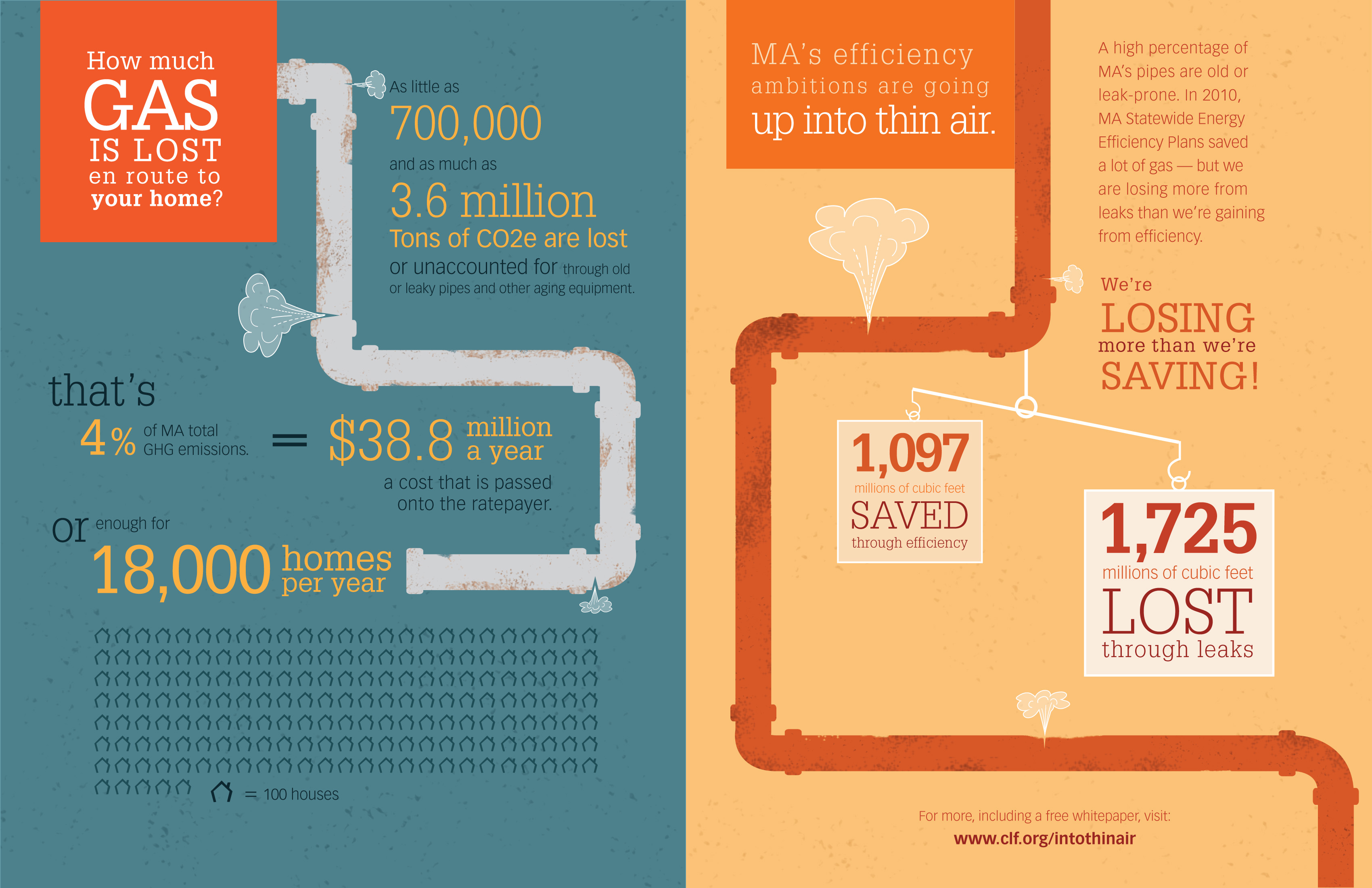An Introduction To The Fundamentals Of Solar Power Systems And Their Functionality
An Introduction To The Fundamentals Of Solar Power Systems And Their Functionality
Blog Article
Material Writer-Bigum Erickson
So, you've found out about photovoltaic panels and their potential to produce electrical energy from sunshine, however how specifically do they work? Recognizing installation solar power behind photovoltaic panels can be a fascinating journey right into the world of renewable energy. From the basic concepts of solar batteries to the complex components that compose a photovoltaic panel system, there's an entire realm of knowledge waiting to be discovered. Let's unwind the mysteries of photovoltaic panel technology with each other.
Solar Panel Technology Principles
To really understand the significance of solar panel innovation, you must delve into the fundamental principles that underpin its functionality. Photovoltaic panel include photovoltaic cells, commonly made from silicon, which have the exceptional capability to transform sunlight right into electrical energy via the photovoltaic or pv effect. When sunshine strikes the cells, the photons in the light interact with the silicon atoms, triggering the electrons to damage free from their atomic bonds. This produces an electric current that can then be taken advantage of for powering various gadgets.
The crucial component of solar panels is the semiconductors within the photovoltaic cells, which facilitate the conversion of sunshine into useful electrical power. These semiconductors have both favorable and unfavorable layers, producing an electrical area that allows for the flow of electrons.
This circulation of electrons, when linked in a circuit, creates direct current (DC) electricity. Comprehending these basic principles is important for valuing exactly how photovoltaic panels can harness the sun's power to power homes, organizations, and also satellites precede.
How Solar Panels Generate Electrical Energy
Solar panels harness the sunlight's power by transforming sunlight into electricity through a process called the solar result. When sunshine strikes the photovoltaic panels, the photons (light particles) are absorbed by the semiconducting materials within the panels, generally made from silicon. This absorption produces an electric existing as the photons knock electrons loose from the atoms within the material.
The electrical fields within the solar batteries then force these electrons to flow in a details instructions, developing a straight present (DC) of electricity. This direct current is then passed through an inverter, which converts it right into rotating present (A/C) electrical energy that can be used to power your home or service.
Excess electricity created by the solar panels can be kept in batteries for later use or fed back right into the grid for credit rating through a procedure called web metering. Comprehending how https://www.azocleantech.com/article.aspx?ArticleID=1562 create power is crucial to valuing the ecological and cost-saving advantages of solar energy systems.
Understanding Solar Panel Components
One vital facet of photovoltaic panel innovation is understanding the different elements that make up a photovoltaic panel system.
The vital elements of a photovoltaic panel system consist of the photovoltaic panels themselves, which are comprised of photovoltaic cells that transform sunshine right into power. These panels are mounted on a framework, frequently a roofing, to record sunshine.
Along with the panels, there are inverters that transform the direct present (DC) power produced by the panels right into rotating current (AC) electrical power that can be made use of in homes or organizations.
The system additionally consists of racking to sustain and place the solar panels for optimum sunlight direct exposure. Additionally, cables and adapters are vital for transporting the electrical energy produced by the panels to the electric system of a building.
Finally, a surveillance system may be included to track the performance of the solar panel system and ensure it's operating efficiently. Understanding these components is essential for anybody looking to set up or utilize solar panel innovation properly.
Conclusion
Now that you understand the basics of photovoltaic panel technology and how it works, you can value the power of taking advantage of sunshine to produce tidy and renewable energy for your structure. By utilizing the photovoltaic impact and parts like inverters and keeping an eye on systems, you can add to an extra lasting future while additionally potentially saving money on energy costs. Keep discovering and checking out the opportunities of solar power for a greener tomorrow.
